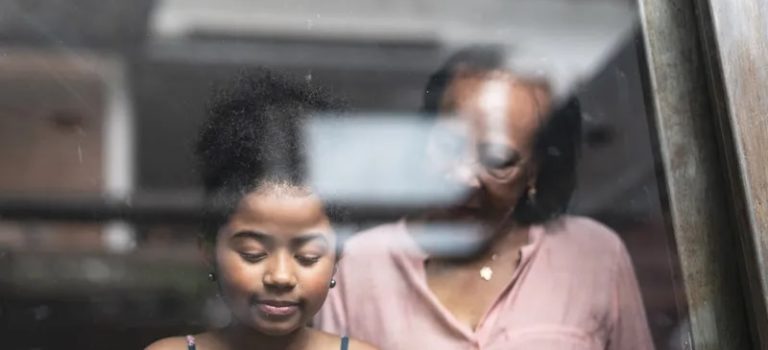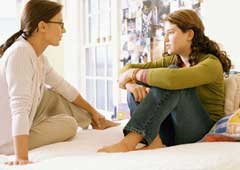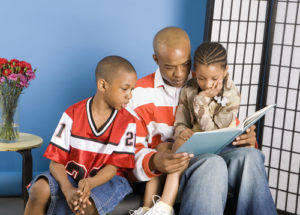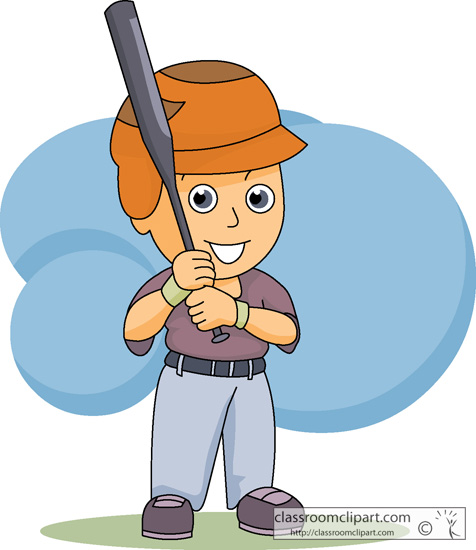 A recently released report from Common Sense Media declared that 75 percent of teens have seen online porn by age 17. The average age of first exposure to pornography was 12, and 15 percent of kids have seen pornography at age 10 or younger. Almost half of the youths surveyed for this report seek out pornographic images intentionally. A top reason for consuming pornography was a desire to learn more about their own sexuality.
A recently released report from Common Sense Media declared that 75 percent of teens have seen online porn by age 17. The average age of first exposure to pornography was 12, and 15 percent of kids have seen pornography at age 10 or younger. Almost half of the youths surveyed for this report seek out pornographic images intentionally. A top reason for consuming pornography was a desire to learn more about their own sexuality.
As a parent, do you want a pornographer to be your child’s teacher? Most likely not, and so here are some ideas to help you be the source of accurate information, wrapped up in your family’s values.
- Value 1: Consent
In this national sample, only one-third of the teens said they’d ever seen pornography that included someone asking for consent. More than half said they had seen ‘violent and/or aggressive pornography including media that depicts what appears to be rape, choking or someone in pain.” A parent can ensure that their child learns the importance of consent and that healthy sex is part of a loving relationship. “In our family, we do not hurt people or touch them without permission” is a statement that can be made, in context to a child or any age.
- Value 2: Respect for all races and ethnicities
The report found that 43 percent of Black youth, 31 percent of Latino/a/x and 46 percent of Asian youth had negative feeling of racial or ethnic stereotypes portrayed in the pornographic images. As they teach their children about sex, parents should make it clear that all bodies bring their own special beauty and that a child’s self-perception should never be dependent on others.
- Value 3: How do we want to think of sex?
Pornography’s purpose is to arouse, and arousal starts in the part of the brain that manages instincts, like breathing and goose bumps. Children watching pornography may experience their initial intense sexual arousal while seeing images of violent, racist, and misogynist content that leaves them feeling disgusted or frightened at the same time. Basic psychology teaches us that feelings that happen simultaneously can get ‘stuck together’. The formal term for this is ‘contiguity of stimuli’; anyone who has suddenly felt hungry when they walk past a bakery and smell the bread baking has experienced this phenomenon. Early experiences that link sexual arousal to negative feelings can interfere with a person’s ability to develop loving, mutually enjoyable sexual relations; at worst it can create a person who needs these negative feelings to experience arousal.
Before youths experience pornographic images online, it is critical that they understand that a physical, genital reaction, or any other immediate reaction to the images does not define their sexuality. It is part of the human experience to be physically aroused by behaviors that would never be considered in real life. This is especially true in adolescence when puberty has brought an infusion of hormones, and bodies mature long before minds. The ability to learn not to act on instinctive desire is a key feature of any society.
This report confirms findings from many other research projects that young people want information about healthy sexuality from their parents. It offers good ideas for parents around dealing with pornography, including a reminder to respect a teen’s privacy, scripts to start conversations, and suggesting kids visit websites where they can get accurate information curated just for teens, like Sex, Etc.,.
Talk to kids about sexuality and pornography. It’s not easy for many parents, but the abundance of pornography in the lives of our children makes it more crucial now than before. Additional resources for promoting sexual health and safety at home can be found at SexWiseParent.com, The American Academy of Pediatrics and your faith-based organizations.
An edited version of this post appeared in the Philadelphia Inquirer on February 1, 2023







